Search results for 'wax and resin'
-
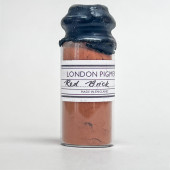
London Pigment, London Red Brick
£18.00 -
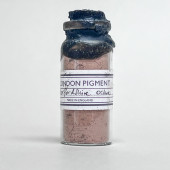
London Pigment, Herefordshire Ochre Pigment
£20.00 -
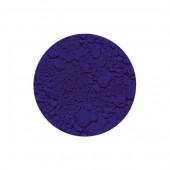
Ultramarine Blue Light Pigment
Starting at: £6.00
-
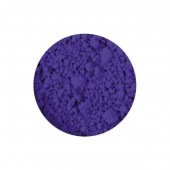
Ultramarine Blue Dark Pigment
Starting at: £4.00
-
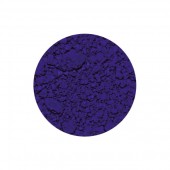
Ultramarine Blue Limewash Pigment
Starting at: £6.30
-
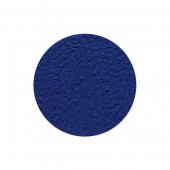
Ultramarine PB29 Pigment
Starting at: £9.10
-
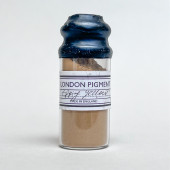
London Pigment, Epping Forest Yellow Ochre Pigment
£18.00Call to Order
-
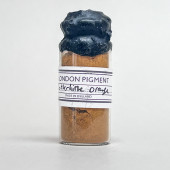
London Pigment, Rotherhithe Orange Pigment
£20.00Call to Order




